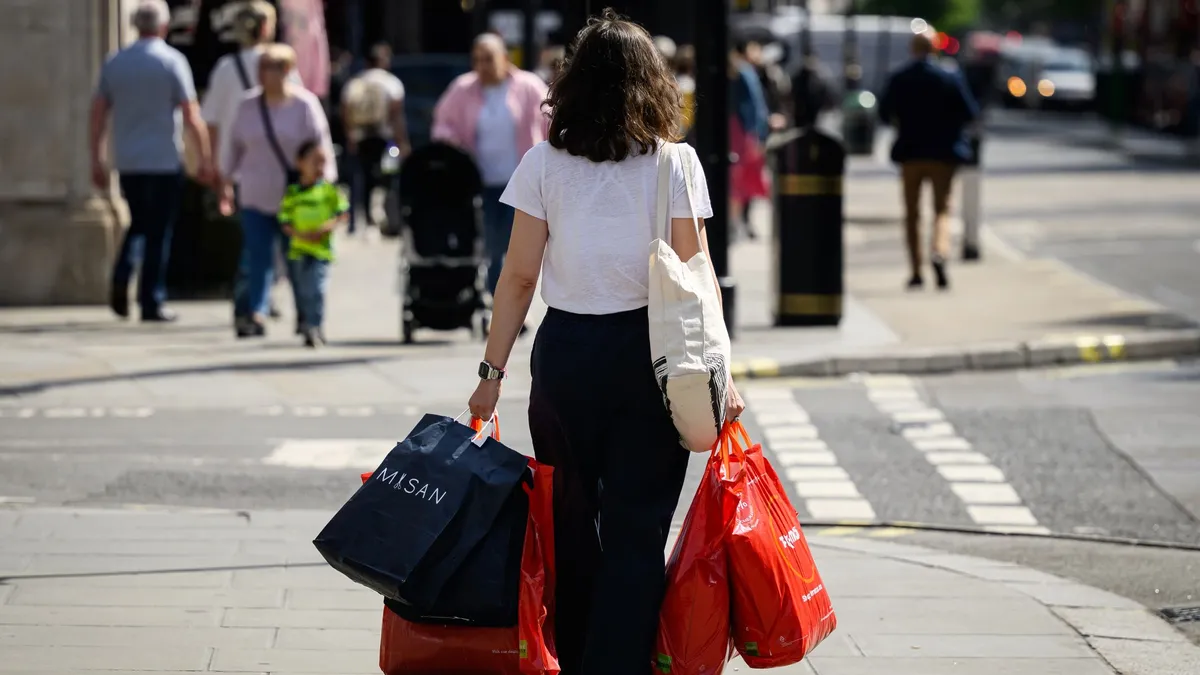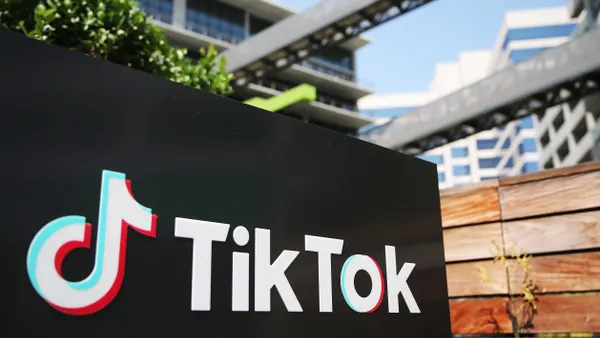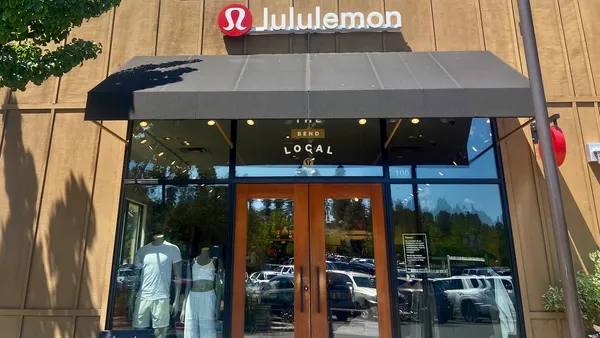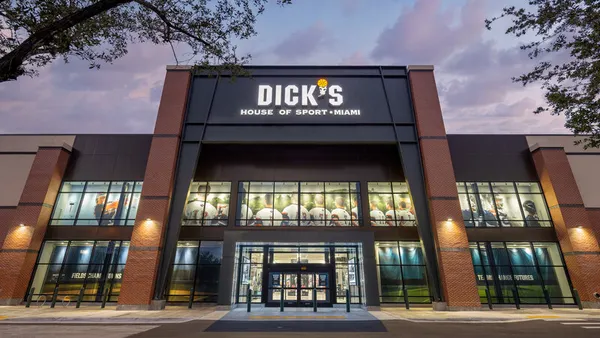Dive Brief:
-
Consumers are weighed down by student loan interest payments of $80 billion per year, and, with principal, by $160 billion — more than Amazon’s annual revenue — and it’s slated to get worse as retailers find that millennials in their thirties are hampered by debt in what should be their highest-spending years, Moody’s retail analyst Charlie O’Shea told Bloomberg TV.
-
That’s a major reason why retailers continue to struggle despite a healthy economy, lower unemployment and boosted wages — a problem O’Shea called “the elephant in the room” for retailers.
-
Retailers like Wal-Mart and dollar stores could benefit from the consumer focus on lower prices, but overall consumers will be limited by their debts, he said.
Dive Insight:
The U.S. economy faces a conundrum: The economy is consumer-based, but its consumers are hobbled by wage stagnation and crushing student debt. Wages are inching up, but O’Shea says the student-debt effect on retailers is comparable to a recession.
While O’Shea shied away from political questions lobbed by the Bloomberg TV hosts, much of the correction likely lies in public policy that addresses the trend of many universities, especially state-financed public institutions, to increase tuition and raise student fees as taxpayer financing has dwindled.
Retailers are painfully aware of the harsh hit they’re taking, and will continue to take, because of the burgeoning problem of student debt, which O’Shea says has nearly doubled in the last five years.
U.S. student debt exceeds $1.3 trillion, and is growing, according to Moody’s. “The average salary per college graduate has increased by only about 3% in the past seven years," O'Shea said. "While the average student debt burden has increased by roughly 53% over the same period.”
Discount retailers will see some benefit of the forced thriftiness that is resulting, but many sales (including auto sales) will suffer, O’Shea said. But no one is winning here, he added.Retailers may also find it harder to move away from competing on price, especially if a economic slowdown or an actual recession occurs.
In fact, the student-indebtedness problem could actually be worse than a recession, because recessions are more temporary than this problem appears to be, he said. As many people have trouble paying back their debts, their credit also takes a bruising, which hits their spending ability, O’Shea said.
"If you are shopping at Macy’s, maybe you go down one notch to save some money and you keep going down the line," he said. "The student loan problem isn't going away, so you could see permanent trade-down, which would likely benefit those dealing with lower-end demographic shoppers and that could stay around for a long time.”














